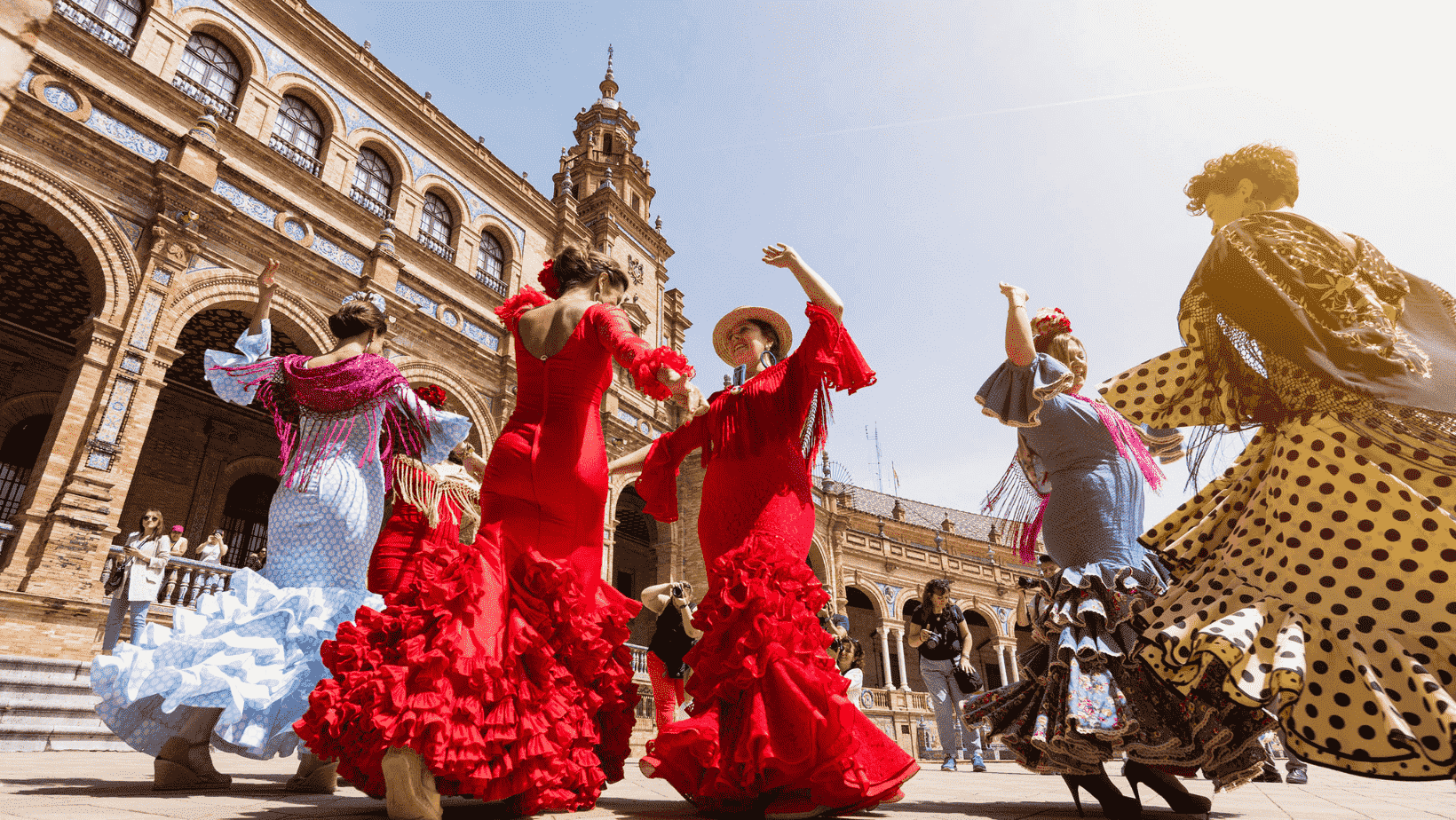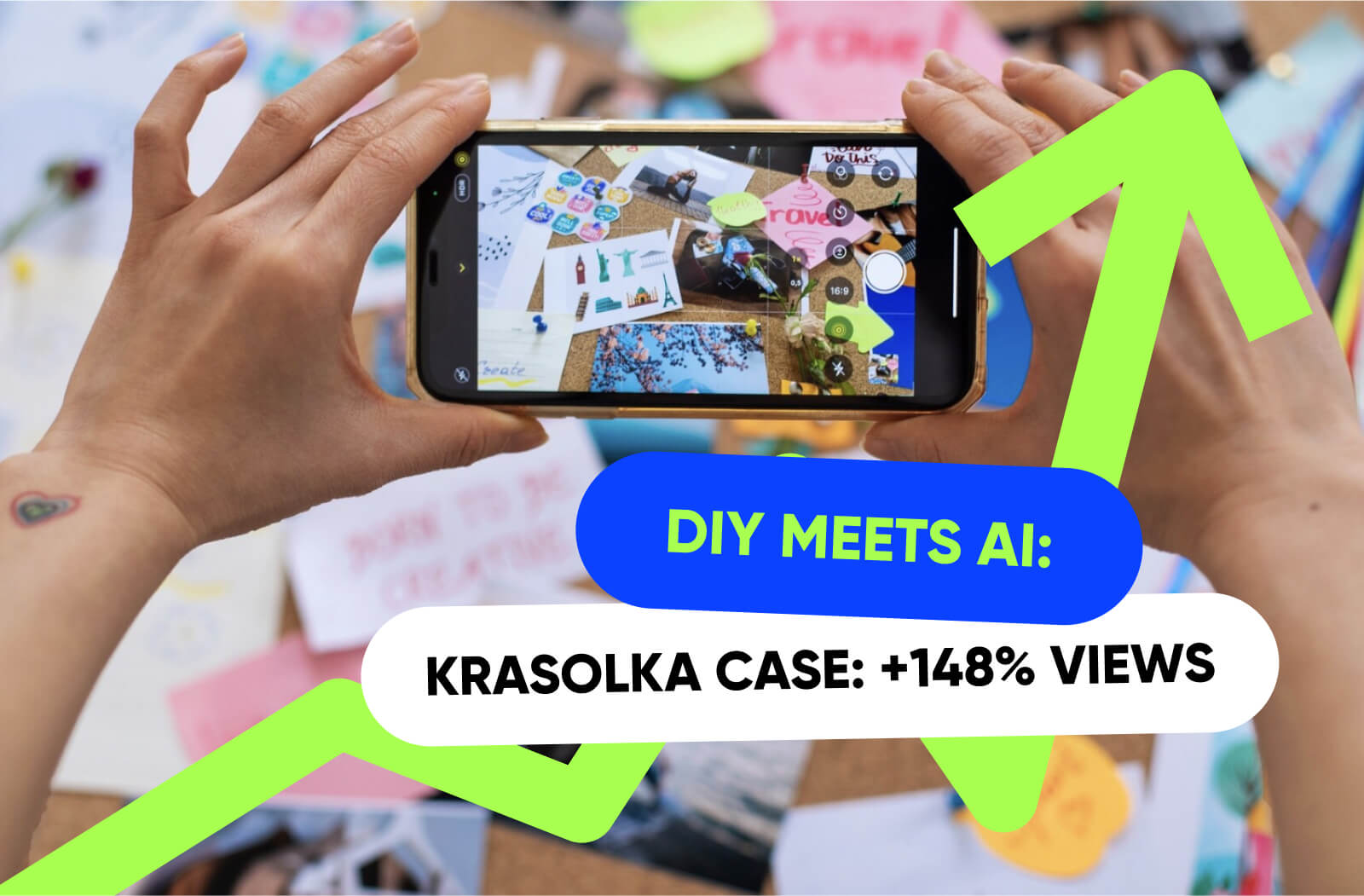
Not Sure Which Languages to Choose?
Thinking about reaching a Spanish-speaking audience with your YouTube videos? Wondering how to navigate those cultural nuances that could make all the difference?
Reaching a global audience is a top goal for many YouTube creators. But translating your video from English to Spanish (or vice versa) isn’t always enough to truly connect with a diverse, international audience. To really engage Spanish-speaking viewers, for example, you need more than just translation – you need full localization.
So, what’s localization? It’s all about adapting your content to fit a specific audience's cultural, linguistic, and societal norms. This way, your videos don’t just get understood – they resonate, making viewers feel like you really get them. Let’s dive into how you can localize your content for Spanish-speaking audiences and touch on the key cultural nuances you’ll want to keep in mind.
Translation and Localization
Before we jump into the specifics of localizing content for Spanish-speaking countries, it’s important to understand the difference between translation and localization.
Translation is straightforward, it’s converting text or speech from one language to another. So, if you’re translating a video from English to Spanish, your main goal is to keep the original message intact while making it understandable to the new audience.
Localization goes beyond that. It’s not just about translating words, it’s about adapting the entire content to fit the cultural context of your target audience. This can mean tweaking imagery, references, humor, and even the video's tone to ensure it makes sense and feels right to your viewers.

Why Does Localization Matter for the Spanish-speaking Market?
Translation might get you into the room, but localization gets you heard. Spanish-speaking audiences expect content that feels made for them. Here’s what that actually takes.
The Spanish-speaking Market: A World of Opportunities
- 470 Million Native Speakers
Spanish is one of the most spoken languages globally by native speakers. That’s a huge audience just waiting to engage with your content.
- Over 560 Million Total Speakers
When you include those who speak Spanish as a second language, the total number of Spanish speakers soars beyond 560 million.
- Top 5 YouTube Markets
Countries like Mexico, Spain, and Colombia are among the top five in terms of YouTube usage. These markets are prime for video content.
- Growing Internet Users
The number of Spanish-speaking Internet users is growing fast, with millions more coming online yearly. This expanding digital space is perfect for localized content.
Ready to Expand Your Reach? AIR Media-Tech is here to help you break into new markets with top-notch localization and translation services. If you’re ready to make a bigger impact in the Spanish-speaking world and make your content truly resonate, get in touch with us today!
The Spanish-speaking world is rich and diverse, with each culture bringing its own flavor and preferences. Just translating your content into Spanish isn’t enough to make a real impact. To truly connect, you need to localize it.
- Cultural Nuances
Localization isn’t just about translating words. It’s about adapting your content to fit cultural contexts, idioms, and local preferences, so it really speaks to the audience.
- Better User Experience
Localization ensures that users receive content in a way that feels natural and relatable, enhancing their overall experience and satisfaction.
- Increased Engagement
When your content addresses your audience's cultural and emotional needs, it’s more likely to grab their attention and turn viewers into loyal followers.
- Competitive Edge
Localization helps you stand out from competitors who might only be offering basic translations. It gives you a unique advantage in the Spanish-speaking market.
- Market Expectations
Spanish audiences expect high-quality, culturally relevant content. Localizing your videos shows you respect and understand their culture, meeting these expectations.
Want to take your content global?
AIR Media-Tech has helped creators reach hundreds of millions of subscribers by translating and localizing their content into over 50 languages. As a YouTube-recommended vendor, we handle everything – from translation and dubbing to tailoring content for local audiences. Get in touch with us to find the best strategy for your channel and watch your reach and earnings soar!
Key Cultural Nuances to Consider

When localizing content for Spanish-speaking audiences, there are several cultural aspects you should keep in mind:
- Linguistic Variations
Let’s check out some regional flavors of Spanish:
Spanish from Spain
- Catalan
Spoken in Catalonia, Valencia, and the Balearic Islands, it’s a co-official language there.
- Galician
Found in Galicia, it’s co-official with Spanish in the region.
- Basque
Spoken in the Basque Country and parts of Navarre, this language is unique and unrelated to Spanish.
Mexican Spanish
- Dialects
While Mexican Spanish varies across regions, the central dialect is often seen as the standard.
- Characteristics
Known for its clarity and broad understanding across Latin America, it features different slang and regional expressions.
Colombian Spanish
- Dialects
Colombia’s Spanish is like a vibrant quilt, with the Bogotanian dialect (from Bogotá) and the Paisa dialect (from Medellín) being two of the most notable.
- Characteristics
Bogotanian Spanish is clear and neutral, making it a go-to for media. Paisa Spanish, on the other hand, has a unique rhythm and vocabulary shaped by the region’s history.
Chilean Spanish
- Dialects
Chilean Spanish has a special accent and slang.
- Characteristics
Chileans often use diminutives and have a fast-paced way of speaking, with some quirks in their pronunciation.
Argentinian Spanish
- Dialects
The standout here is Rioplatense Spanish, which you’ll hear in Buenos Aires and nearby.
- Characteristics
Argentinians use “vos” instead of “tú” for informal conversations, and the accent has a distinct “sh” sound for “ll” and “y” (so “calle” becomes “cashe”).
Peruvian Spanish
- Dialects
You’ll find Coastal and Andean Spanish here.
- Characteristics
Coastal Spanish, used in Lima, is quite neutral and clear, while Andean Spanish carries influences from indigenous languages like Quechua.
Puerto Rican Spanish
- Dialects
Puerto Rican Spanish is known for its rhythm and musicality.
- Characteristics
The “r” sounds can be softer, and the language is influenced by African and Taíno roots.
Understanding these variations can help you connect more deeply with audiences across the Spanish-speaking world.
- Humor and Pop Culture
Humor is unique, often involving wordplay, sarcasm, and references to local pop culture. Direct translations of humor can fall flat, so make sure your jokes and references hit home with Spanish-speaking audiences.
- Social Norms and Etiquette
Spanish-speaking countries strongly emphasize family, community, and tradition. Content that highlights these values resonates well. Think of family-friendly themes or videos showcasing community events.
- Festivals and Public Holidays
Spanish-speaking countries have a vibrant calendar of festivals and holidays. Referencing these can make your content feel more relevant and engaging.
- Cultural References
Use references specific to Spanish-speaking countries. Mentioning local celebrities, sports teams, or historical events can make your content feel more tailored.
- Visual Content
Imagery and significant symbols in Spanish-speaking countries can enhance your video’s appeal. Incorporating flag colors of these countries or scenes from iconic locations can help you connect better with your audience.
Paying attention to these cultural nuances allows you to create content that truly speaks to your Spanish-speaking audiences, fostering a deeper connection and improving engagement. Successful localization goes beyond language – creating an authentic cultural experience for your viewers.

Technical Aspects of Localization
Localization isn’t just about cultural tweaks – it also involves some technical considerations to make sure your video is accessible and appealing to Spanish-speaking audiences:
- Subtitles and Dubbing
Make sure subtitles are accurately timed and reflect the dialogue well. Dubbing can sometimes be more effective than subtitles, especially if your content relies heavily on dialogue. Just use native speakers who can convey the right emotions and tone.
- Metadata Translation
Don’t forget to translate your video’s metadata, like titles, descriptions, and tags. This can significantly improve your content’s discoverability in Spanish-speaking regions.
- Localized Thumbnails
Thumbnails are often the first thing viewers see. Consider creating localized thumbnails that resonate with cultural aesthetics, like familiar colors, symbols, or even text.
Best Practices for Localizing Your Video Content from English to Spanish
Here are some tips to keep in mind when localizing your video content for Spanish-speaking audiences:
- Research Your Audience
Understand your target audience's specific demographics and preferences in Spanish-speaking countries. This includes their interests, viewing habits, and cultural values.

- Work with Native Speakers
Collaborate with native speakers for translation and localization. They can spot cultural nuances.
- Test and Iterate
Before fully rolling out your localized content, test it with a small segment of your target audience. Use their feedback to fine-tune your approach.
- Stay Up-to-Date
The digital landscape is always evolving. Keep an eye on local trends, popular content types, and emerging platforms to stay relevant.
- Leverage Social Media
Use popular social media platforms to promote your localized content. Engage with viewers, use region-specific hashtags, and collaborate with local influencers.
- SEO and Content Optimization
If you aim to boost the SEO and discoverability of your localized videos, don’t forget to optimize your content with relevant keywords.
Bridging Cultural Gaps with Localization
Looking to expand your reach? Partnering with a video localization expert like AIR Media-Tech can make all the difference. AIR Translation Lab offers comprehensive localization services, ensuring that your content isn’t just translated but fully adapted to meet the expectations of your target audience.
Whether you’re translating a video from English to Spanish or localizing it for Spanish-speaking countries, AIR Media-Tech helps you go global.
Case Study: How AIR Media-Tech Helped Brave Wilderness
A great example of successful video localization is the Brave Wilderness channel, which has over 21 million subscribers. They effectively localized their content by teaming up with AIR Media-Tech.
This move expanded their reach and opened up new revenue streams and sponsorship opportunities in the market. The takeaway? Effective localization can lead to significant growth and engagement.

Localizing your content for a Spanish-speaking audience requires a thoughtful approach to cultural nuances, language variations, and technical details. Understanding and respecting cultural nuances allows you to create content that truly resonates with viewers in Spanish-speaking countries and beyond. Remember that cultural relevance is key when translating a video from English to Spanish or localizing it for a specific region.
Ready to take your content global? Join AIR Media-Tech today and explore the best strategies for translating and localizing your videos to make a real impact.





